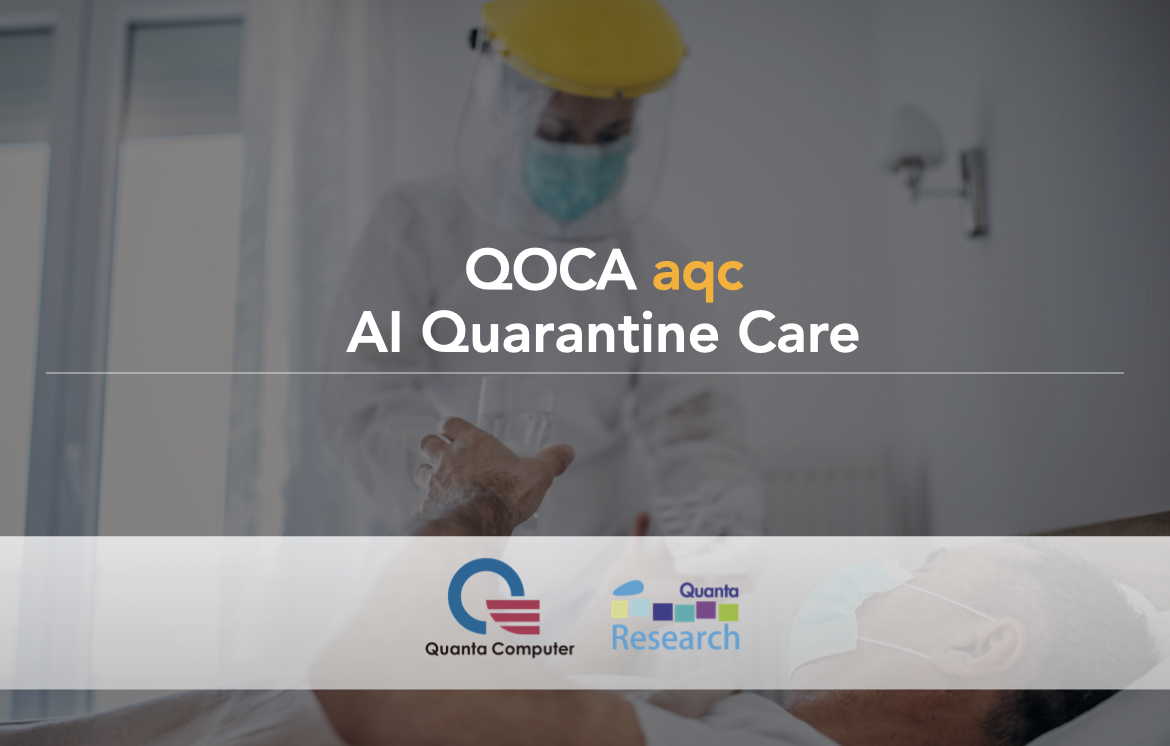What problems are you trying to solve?
For patients who are isolated for recovery or observation of potential COVID-19 infection, it is crucial that they can remain closely monitored and engaged to lower risks of sudden deterioration and mental stress without adding additional overhead to the medical team. The project aims to provide a telehealth solution to enable intelligent remote monitoring, engagement, and care provisioning for isolated patient care.
Why is the problem critically chosen?
National Taiwan University Hospital (NTUH) Yunlin Branch* has been looking for a more efficient and scalable way to attend to those who need to be isolated due to confirmed or suspected infection. COVID-19 outbreaks impose high pressure to hospitals when a large number of confirmed and suspected patients need to be monitored in isolated settings, while most medical resources need to be preserved to care for the severely ill. The hospital needs a solution to help them better manage, monitor, and engage with isolated patients to reduce risks of unnoticed development while staffing resource is constrained.
* NTUH-Yunlin Branch: https://www.ylh.gov.tw/english/
What technologies are applied to solve the problem?
- Flexible networking integration including Wi-Fi, 4G and 5G
- Private, secure and scalable cloud computing for medical big data analysis, real-time remote monitoring, and professional consultation
- Integration of medically proven sensors and equipment in the form of a telehealth care pack*, including :
- Blood Pressure Monitor
- Glucose Meter
- Forehead Thermometer
- QOCA ECG monitor
- SpO2 Meter
*Devices provided are adjustable as required by care needs.
Any particular areas of improvement?
By leveraging scalable telehealth solutions such as QOCA aqc* by Quanta Computer, NTUH-Yunlin is able to deliver remote care for isolated patients while operating with limited care resources. QOCA aqc supports fully personalized care plans with user-friendly reminders and guidance through daily measurements and questionnaires, with easy-to-use wireless IoMT (Internet of Medical Thing) devices and sensors to automatically synchronize data to the cloud for real-time analysis. Risky conditions are immediately raised to the care team, who can timely engage with the patient through the built-in and intuitive video communication for early medical assessment (for situations such as trouble of breathing, pale or blue-colored skin or nail beds, or persistent pressure in the chest), reducing the risks of sudden deterioration where mild and moderate patients can turn severely ill in a short period of time with unpaid attention.
The backend architecture of QOCA aqc is based on a private cloud to ensure data security. The infrastructure can scale up to accommodate a number of care teams who can operate independently of each other, ensuring patient data privacy and integrity. It can be configured to support group-level management within each care team, adapting to unique care processes and needs (such as diversified care). Integrated with Electronic Medical Records (EMRs), a web-based management portal provides a central dashboard view of all the enrolled patients where the care team can easily manage, monitor, and analyze with the minimum staff resource. With the ease of use, security and one-of-a-kind flexibility, QOCA aqc provides robust deployment and timely care provisioning for isolated patients.
With the help of IoMT, cloud, and wireless connectivity, NTUH is empowered to deliver remote care for isolated patients who are diagnosed or suspected of COVID-19 infection, while minimizing the workload and risk of viral contraction for the care team.
What have you learned and how would the technology advancement potentially or practically help?
By leveraging a smart telehealth solution that seamlessly integrates the Internet of Medical Things (IoMT), cloud computing, and 5G connectivity, healthcare service providers are able to provide services to people that require isolated recovery or observation, while protecting doctors and nurses from exposure. In fact, it has already been delivered as a smart hospital solution for radioactive iodine (I-131) therapy in isolation wards. Quanta believes that telehealth and telemedicine solutions have broad applications going forward. For example, following compliance with COVID-19 protocols developed by the Centers for Disease Control and Prevention (CDC), can also be deployed as a virtual screening solution to help assess risk factors and symptoms. Doing so would help reduce the risks of exposure for both the patients and the care team, potentially slowing the spread of COVID-19 by avoiding unnecessary hospital visits or face-to-face consultations.
Technology at Work
This Technology is from

